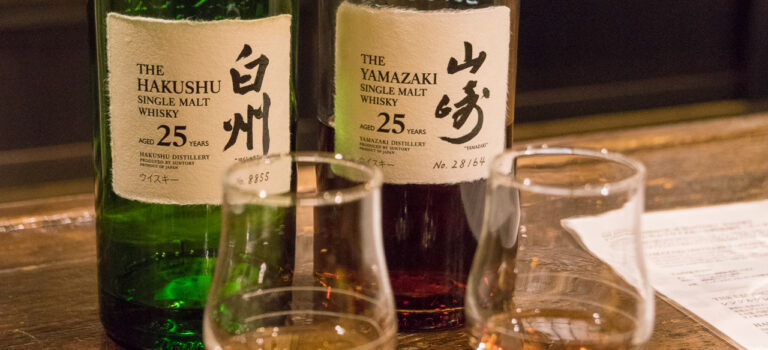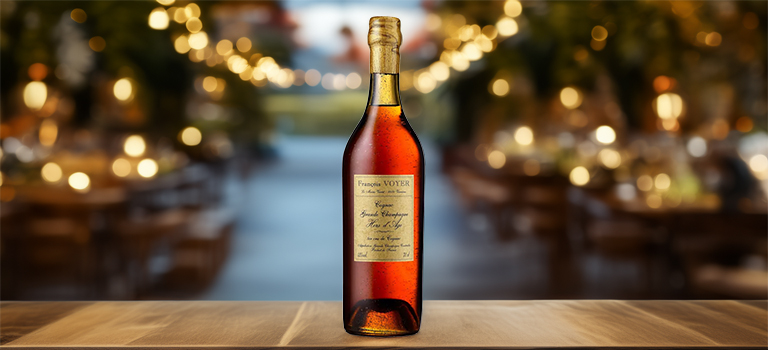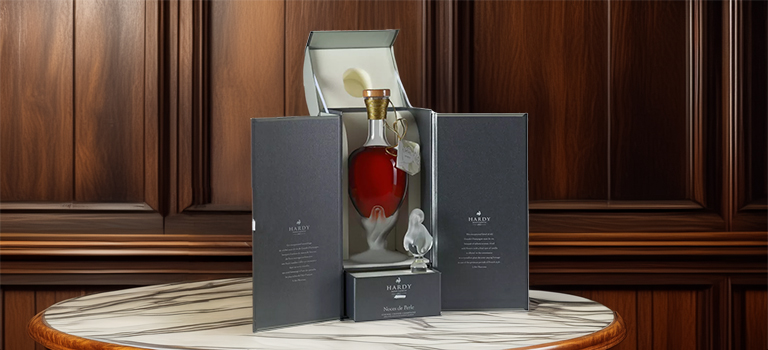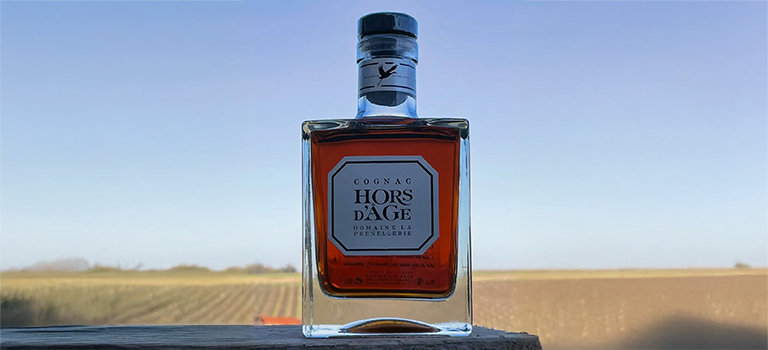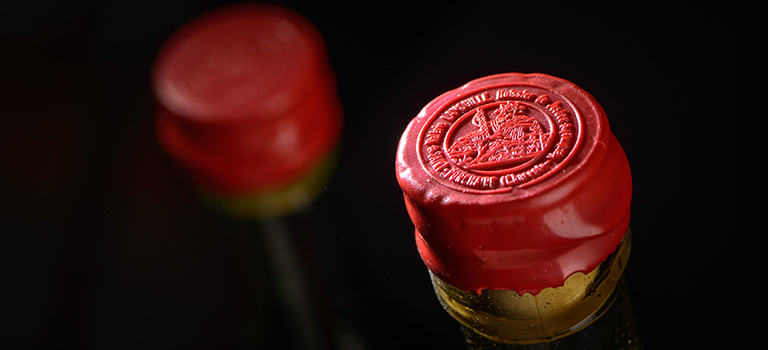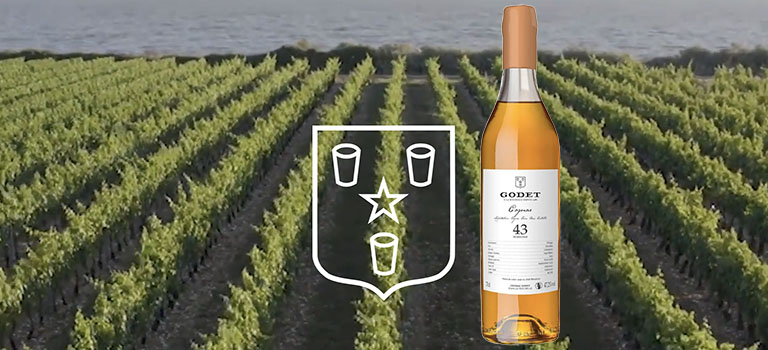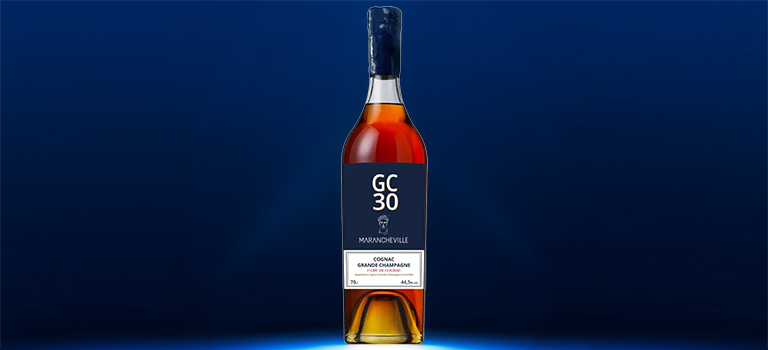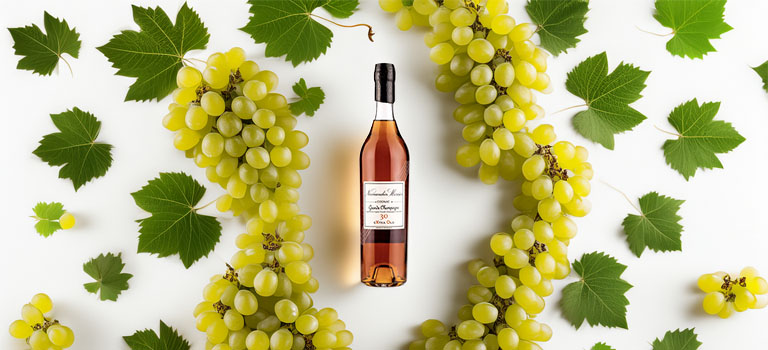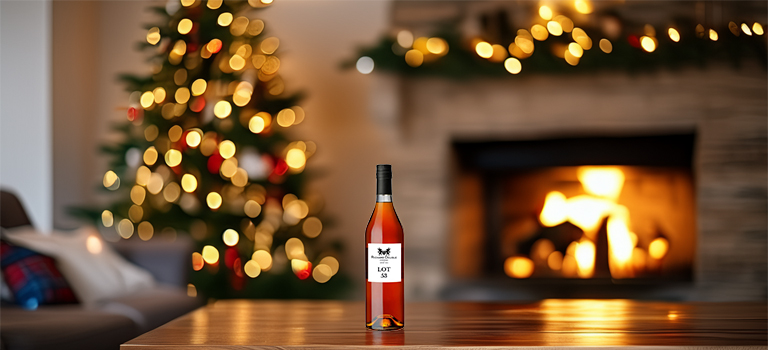Back in September, I attended the Dugas Club Expert show, primarily to catch up with Graham and Fay Coull, who were making an appearance since leaving Dingle. The event featured a stunning Suntory booth, as Dugas distributes their products in France. One side of the booth showcased Laphroaig and Bowmore, while the other side highlighted Suntory’s Japanese brands: Chita, Yamazaki, Hakushu, and Hibiki.
Thanks to the generous pours from Christophe Davoine, House of Suntory’s brand ambassador, I was able to bring home samples of Yamazaki 25-Year-Old and Hakushu 25-Year-Old for a proper review with a fresh palate. We’ve already reviewed the younger Yamazaki expressions – Distiller’s Reserve, 12-Year-Old, and 18-Year-Old – which happens to be one of the most read articles on this humble blog. Before I dive into Hakushu’s lineup, including the Distiller’s Reserve, 12-Year-Old, and 18-Year-Old (coming soon…ish), let’s focus on these 25-Year-Old expressions.
Read more